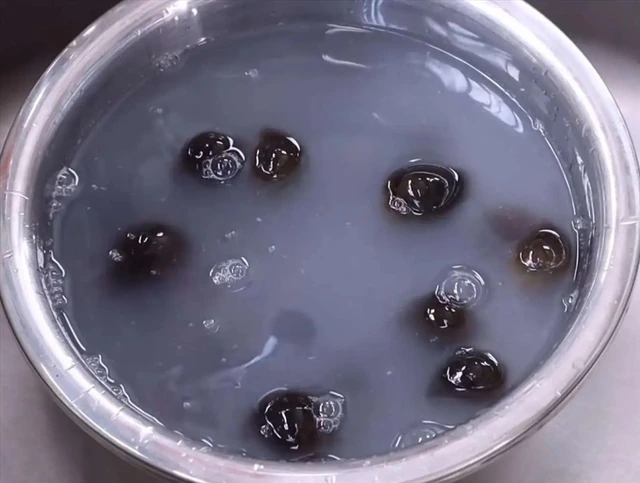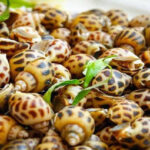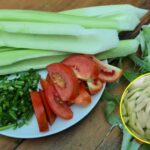Snails may be a humble dish, but they hold a unique culinary significance and have become an integral part of Vietnamese cuisine. However, cleaning snails can be a headache for many homemakers due to their slimy and dirty nature. Here are some quick and effective tips to clean snails, helping homemakers save time and effort.
1. Soak snails with fresh chili
This traditional method is simple and effective. Soaking snails in diluted saltwater with a few slices of chili will help stimulate the snails to expel dirt and slime. Prepare a chili saltwater solution, soak the snails for about 1-2 hours, and then rinse them with water. The spicy heat of the chili not only helps clean the snails but also enhances their flavor during cooking.
2. Use metal objects to soak with snails
Another equally effective tip is to use metal utensils during the soaking process. You can soak the snails with a spoon or a knife in a bucket of water. The reaction between the metal and the water will produce hydrogen gas, reducing the oxygen level in the water and forcing the snails to expel their slime. Soaking for about 2-3 hours should be sufficient.
3. Use rice washing water

Rice washing water is easily available in Vietnamese households. Soak the snails in this water for 2-3 hours, and the mud and slime will be easily removed when rinsed with clean water afterward.
4. Soak snails in beer
Soaking snails in beer is a popular method to effectively clean them. Beer contains compounds that can help reduce the fishy smell and stimulate the snails to expel mud, dirt, and slime. Additionally, the carbonation in beer helps clean the snail’s surface, and the beer can also permeate the snail meat, adding a delicious flavor during cooking. Soak the snails in beer for about 1-2 hours before rinsing them with water.
To reduce the fishy smell and slime of the snails, you can try the following methods:
Use lemon or vinegar: Before cooking, rinse the snails with lemon juice or vinegar. Both have acidic properties that help break down slime and effectively remove the fishy smell.
Use ginger and lemongrass: When boiling snails, add crushed ginger and lemongrass to the water. These ingredients not only help eliminate the fishy smell but also add a fragrant and spicy flavor to the dish.
Boil snails with lemon leaves: Lemon leaves are great for odor removal. Drop a few leaves into the pot while boiling snails to naturally get rid of the fishy smell.
Use fermented rice water (mẻ): Mix the snails with a small amount of mẻ before boiling. This not only reduces the fishy smell but also makes the snails more fragrant and tasty.
These tips will help homemakers save time on preparation while ensuring that the snails are clean and tasty after cooking. Each method has its advantages, so choose the one that suits your preferences and conditions. Apply these tips and notice the difference they make to your snail dishes.
According to Đời sống Pháp luật
How to Make Delicious and Crispy Fried Mudfish with Tamarind Sauce
Pan-fried silver carp with a tangy tamarind sauce is a dish that delights the senses. This mouth-watering creation is a favorite among food enthusiasts, with its crisp, golden exterior and a burst of savory flavors. The delicate, flaky flesh of the silver carp, when combined with the tangy, sweet, and sour notes of the tamarind sauce, creates a culinary masterpiece that is hard to resist. This simple yet delectable dish is an explosion of flavors and textures that will leave you wanting more.
The Ultimate Guide to Vietnamese Edible and Poisonous Snails and Slugs
“Oc (sea snails) is a delicacy in Vietnam, especially in coastal regions. With a wide variety of species found in Vietnamese waters, these tasty treats are a favorite for many. Join us as we explore the diverse world of these fascinating creatures and uncover the unique culinary delights they offer.”



































